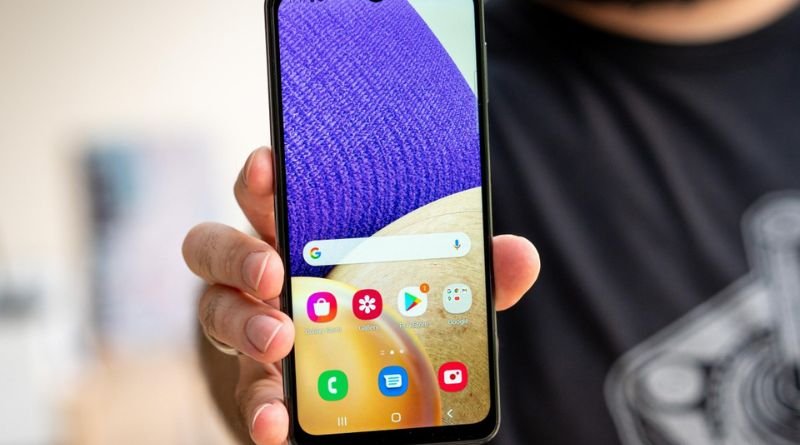Dark Mode Design: Improving Mobile App User Experience

In recent years, dark mode has become an essential part of mobile app design. Dark mode design offers a number of benefits to consumers in addition to being visually pleasant thanks to its sophisticated and elegant appearance. This design trend is increasingly used in apps, ranging from social networking platforms to productivity tools. In this post, we will look at the concept of dark mode design and how it may enhance the user experience in mobile applications.
Mobile App Ux Design is the skill of creating a clear and user-friendly experience that entices users to return for more, rather than only focusing on an app’s aesthetic appeal.
Comprehending Dark Mode Design
The term “dark mode,” often referred to as “night mode” or “dark theme,” is a design choice that changes the color scheme of an application’s user interface by placing lighter objects and text on darker backgrounds. Dark mode produces a softer and more subdued visual experience by replacing the typical white or light-colored backgrounds with gray, blue, or black ones. It is often provided as an option, however users may toggle this mode to choose their favorite interface style.
The Allure of Night Mode
Dark mode design has gained immense popularity for a variety of reasons, and its appeal goes beyond aesthetics. Some of the primary factors contributing to the prevalence of dark mode in mobile applications are as follows:
Reduced Eye Strain
Reducing eye strain is one of the dark mode’s most significant advantages, especially in poorly light situations. It is simpler to use the app for long periods of time without feeling eye strain since the softer, deeper hues are more kind on the eyes.
Longer Battery Life
On smartphones with OLED or AMOLED screens, turning on dark mode may help extend battery life. These panels have the ability to turn off individual pixels when they show black, which consumes less electricity than lighting up every pixel for a bright, white interface.
Enhanced Easily Accessible
The app may be simpler to use in dark mode for those who are visually challenged. For people with low vision, the contrast between the text and backdrop may be somewhat stronger in dark mode, making it simpler to see and use the interface.
Eye Appeal
Dark mode is undoubtedly stylish and up to date. Since it may improve the user experience and provide a positive first impression, users value the elegance and refinement it adds to an application’s design tremendously.
Lessening disturbance
Making use of a mobile application Low light situations, as at night or in a dark room, are less disruptive for user interface design when it has a dark backdrop. Bright, white interfaces may be jarring under these circumstances, but it’s more pleasant to see in dark mode.
Enhancing the User Interface
Now that we are aware of the advantages of dark mode, let’s look at how it enhances mobile application user experience:
Personalization
In dark mode designs, users may often choose between bright and dark themes. Customers feel more in control and customized when they can choose their preferred mode, which may enhance the user experience.
Platform Uniformity
Many users often switch between desktop computers and mobile devices. Dark mode ensures a consistent experience across platforms since it is now widely utilized in a wide variety of operating systems, web browsers, and applications.
Be Very Alert
When designing for dark mode, color contrast and text readability need to be carefully taken into account. An app seems nicer and is simpler to use and understand when there is this level of attention to detail.
Reduced Reflectivity
For those who work often outdoors or in highly light settings, the dark mode design minimizes reflections and glare on the screen.
Suitable for a Wide Range of Apps
Applications of any sort are not the only ones that can use dark mode. Because of its adaptability, it may be utilized to a variety of genres, such as social networking, gaming, productivity tools, and reading applications. Because of its adaptability, dark mode may improve the user experience in a variety of mobile apps.
Malaysia’s tech industry is booming, making it a strong contender for Mobile App Development with a growing pool of talented developers and competitive rates.
Seeking To Reach New Heights
Difficulties in Setting Up Dark Mode
While dark mode has numerous benefits, there are a few things to consider before adding it to mobile applications. The following are some common problems and considerations for developers:
Image and Media Modification
ensuring that, when shown in dark mode, multimedia information, icons, and pictures all look beautiful and make sense. Use flexible techniques such as dynamic theming or providing other resources that are only available in dark mode. Verify that icons and graphics have enough contrast with the backdrop while in dark mode.
Effects of Transition and Animation
Animating and transition effects refer to ensuring that transitions and animations are seamless and visually appealing in both bright and dark environments. Adapt animation speeds and effects to the specific style of each mode. Test transitions thoroughly to ensure they remain smooth and don’t detract from the user experience.
Contrast in color
To read in dark mode, make sure there is enough contrast between the text and backdrop. Developers need to choose font sizes and colors carefully in order to guarantee readability and accessibility.
Branding
When an app is in dark mode, its branding and visual identity may alter. In order to ensure that the dark mode enhances the overall design of the app, developers need to strike a balance between consistency and customisation.
Testing
To identify and address any issues with usability, performance, and visual consistency across a variety of platforms and devices, designing for dark mode requires extensive testing.
Adoption by Users
A dark mode may not be to everyone’s taste or comfort level. It’s important to provide a range of both bright and dark themes to accommodate different user preferences. Take a look at how popular Dark Mode is on Android and Windows, as shown by their high user adoption rates.
Integration of Systems
Developers need to consider how their designs for dark mode will interact with consumers’ devices’ system-level dark mode settings. This ensures that the app and the overall user experience will integrate seamlessly.
Case Studies
Let’s look at a few case studies of well-known mobile app development companies that have successfully integrated this feature to show how dark mode design influences user experience.
Twitter introduced dark mode in 2016. The feature gained widespread popularity because to its striking deep blue backdrop and white text. Users really appreciated the improved reading and reduced eye strain, especially in low light. The added benefit of having dark mode turn on automatically at night was an even better user experience.
Reddit, a community-driven website, introduced dark mode in 2018. Users of the site seemed to like the gloomy aesthetic, which had muted backdrop with white text. A wide audience was able to access Reddit’s solution because to how simple it is for users to switch between modes.
Slack
Dark mode was added to the well-known team communication tool Slack in 2019. The dark theme garnered positive feedback due to its sophisticated appearance, and business users who using the app late at night or in dimly lit workplaces particularly like it. Slack’s strategy showed a commitment to user efficiency and convenience.
To sum up
Over time, dark mode design has evolved from a trendy choice to an essential part of developing mobile apps. Because it addresses issues with accessibility, eye strain, and personalization, its appeal transcends looks. Employing committed developers may help you enhance the user experience and maintain your applications’ appeal to a diverse user base by enabling users to alternate between bright and dark modes. At Linkitsoft, Dark mode, which enables users to have a pleasant and appealing experience regardless of the time of day or environment in which they use their smartphones, is likely to become a crucial feature of mobile app design in the future.



